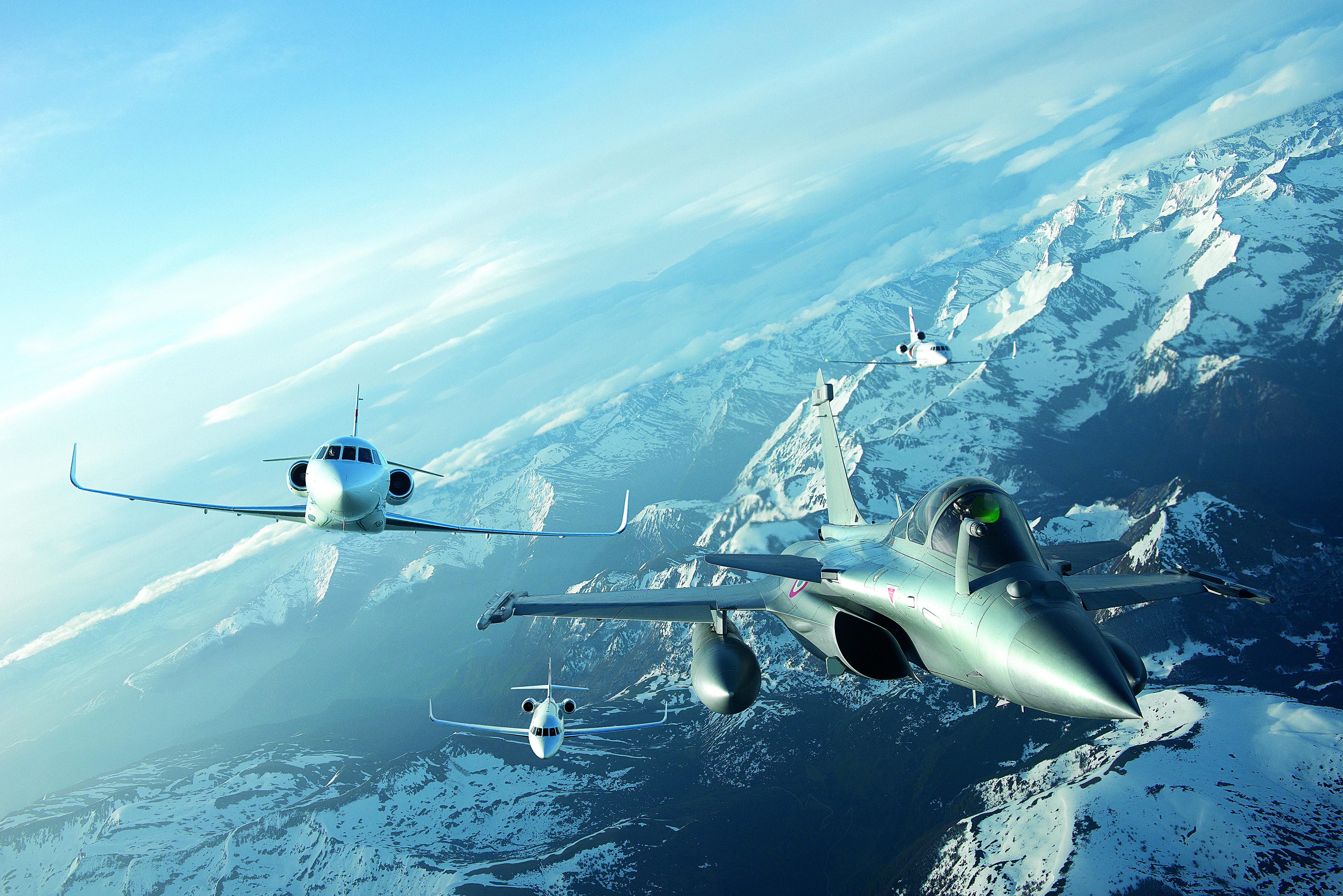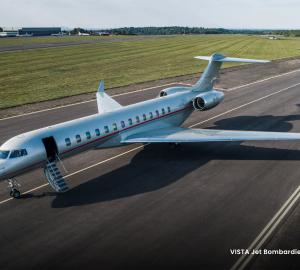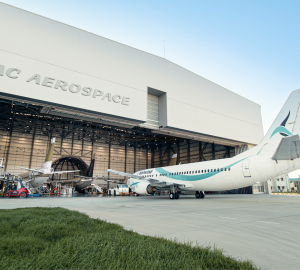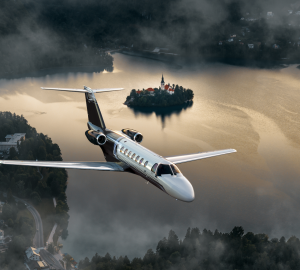Top Gun Tech
Dassault Falcon’s state-of-the-art technology has its roots in military research and development.
By Patrick Vera
Some of the key technologies that Dassault is using in its new jets like the Falcon 7X and 8X were based on their military research. These technologies cover everything from design to aircraft controls to aircraft maintenance. Among the key technologies are the use of CATIA software in designing the aircraft, the integration of fly-by-wire control systems and FalconEye Combined Vision System, and the use of real-time datalinks to keep the aircraft in tip-top shape.
Intelligent design
In the 1970s, Dassault came up with CATIA (Computer Aided Three Dimensional Interactive Application), a computer-aided design, computer-aided manufacturing (CAD/CAM) software, which was used in the development of the Mirage fighter jet.
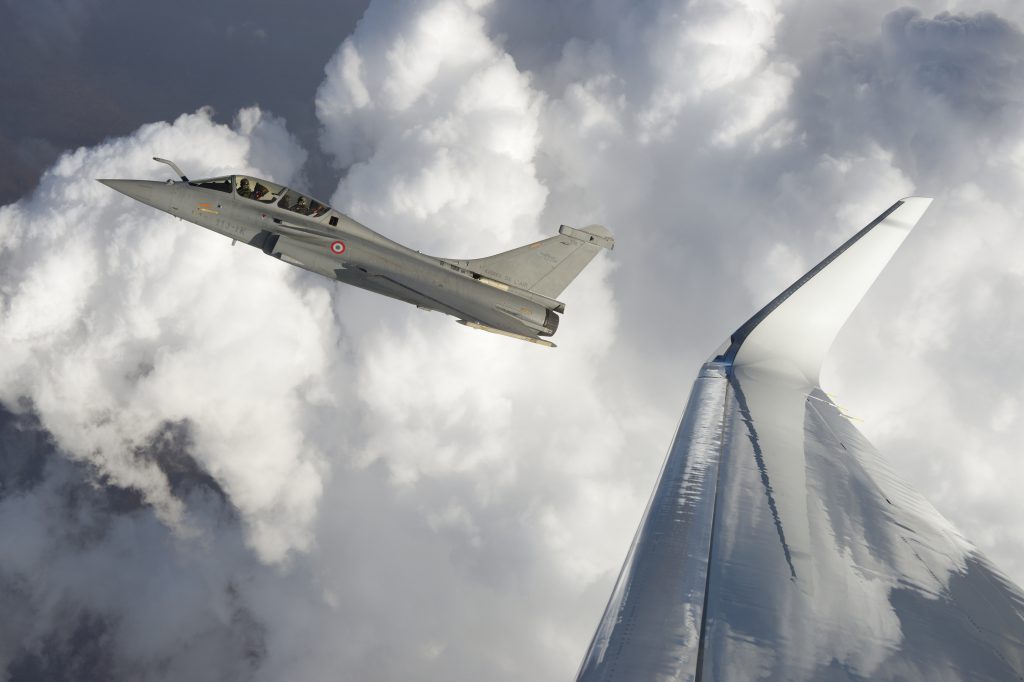
Prior to the advent CAD/CAM, designing an aircraft involved hundreds of engineers laying down designs on paper for each individual part, making the parts and seeing if they fit. If they did not fit adjustments would have to be made to drawings of all affected parts, make new parts and see if they fit. Repeat ad infinitum. This doesn’t even take into account the changes requested by the customer, which adds to the process.
Early CAD/CAM systems simply shifted the drafting process from paper to the computer. CATIA’s innovation was that it was three-dimensional and interactive. Meaning, designers could design and build the parts in the computer and then move parts or adjust the design virtually. Designers, engineers and the customer could all see whether or not all parts of the design fit together before building expensive mockups and prototypes.
The use of CATIA in designing the Falcon 7X allowed for a lighter and less complex body and a new wing design that resulted in better performance and increased fuel savings. Its wings allowed for an approach speed of only 104 knots (193 km/h), making it easier to fly to and from more confined airfields with shorter runways. The Falcon 7X has a landing roll at typical loads of 2,070 feet (630 metres). Refinements to the wing design implemented on the Falcon 8X has resulted in 35 percent better fuel economy than any other plane in its class.
The power and versatility of CATIA is such that it is used not just by Dassault and other aerospace companies but by automobile companies and shipbuilders as well. In fact CATIA is used to design all of the US Navy’s nuclear-powered submarines and aircraft carriers.
Great control
The first commercial production aircraft to use and all digital fly-by-wire system was the Airbus A320 in 1984. And in 2005, the Dassault Falcon 7X was the first business aircraft with fly-by-wire controls.
Fly-by-wire control systems allow the use of any desired flight control interface, from traditional yokes, to center sticks, to side sticks. Integration of haptic feedback technology allows the pilots to get a “feel” of how an aircraft responds to control inputs.
The digital fly-by-wire systems also help ease the pilot’s workload, presenting only relevant information in the displays and automatically adjusting the trim of the aircraft as it flies allowing for a stable comfortable journey for its passengers.
All-seeing FalconEye
The FalconEye Combined Vision system is Dassault’s term for the fusion of three distinct technologies — Enhanced Vision Systems, Synthetic Vision Systems, and a heads up display or HUD.
HUDs were first used on military aircraft and displayed an artificial horizon, altitude, heading, airspeed, and targeting information, basically a glorified gunsight.
Infrared (IR) and low-light video (LLTV) cameras first started being used in military aviation in order for pilots to safely operate at any time of day or night and in all weather conditions. At first, the output of such systems was displayed on a small video screen on the instrument panel. This kept the pilot’s eyes down and not looking out for hazards, which was not ideal. Later the output of the cameras was projected into the HUDs of fighter aircraft and allowed the pilot to keep his eyes looking out.
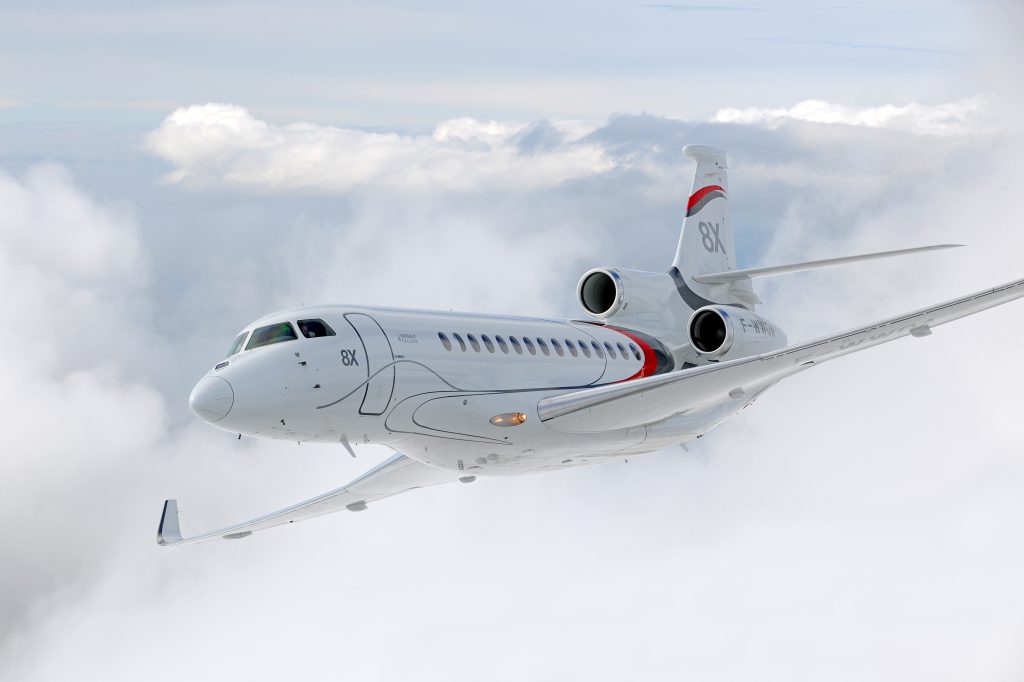
The power as well as their size and cost of IR and LLTV have gone down enough that they started to appear on civil aircraft marketed as Enhanced Vision Systems. EVS makes the pilot aware of any hazards in front of him, like other aircraft (in the air or on the ground), wildlife, people, or vehicles crossing in front of the plane.
With the increasing power of computers and increasing capacity of information storage systems, it is now possible to store three dimensional terrain mapping data along an aircraft’s flight path, airport approach and departure lanes, and obstacles around the airport linked from a worldwide database and output all of that in an intelligible form onto an aircraft’s cockpit display. This is a Synthetic Vision System. The output is simplified showing the contours of the terrain much like in early 3D video games.
An EVS displays its output on the HUD and can tell you what’s outside, while an SVS has its output on display screen on the instrument panel and can tell you where you are. This can result in a split focus in which pilots may look someplace else at a critical moment. Dassault’s innovation is in fusing EVS and SVS output and showing it all seamlessly on the wide-angle high resolution HUD.
The camera sensors used by Dassault can see the runway and approach lights long before the human eye can. This allows the pilots to know where they are at all times day or night in all weather conditions. Thus giving the pilot enhanced situational awareness. Falcon pilots can fly the most difficult approaches in weather conditions that would force other aircraft to divert to other airports safely and consistently.
Satellite communications are nothing new on business jets enabling travelers to remain connected with the world at large via voice and the Internet. Dassault’s Falcon Broadcast uses a dedicated satellite link to enable a plane’s maintenance team on the ground to monitor the health of onboard systems in real time resulting in quicker alerts to any developing faults. This means that service technicians can quickly ready any needed parts and start and finish repairs sooner, enabling higher rates of availability for the aircraft.
Dassault’s Falcon business jets are a prime of example of the company’s commitment to the use of industry-leading technology developed for the military to produce a civil aircraft that can safely deliver its passengers in speed and comfort to more places.



